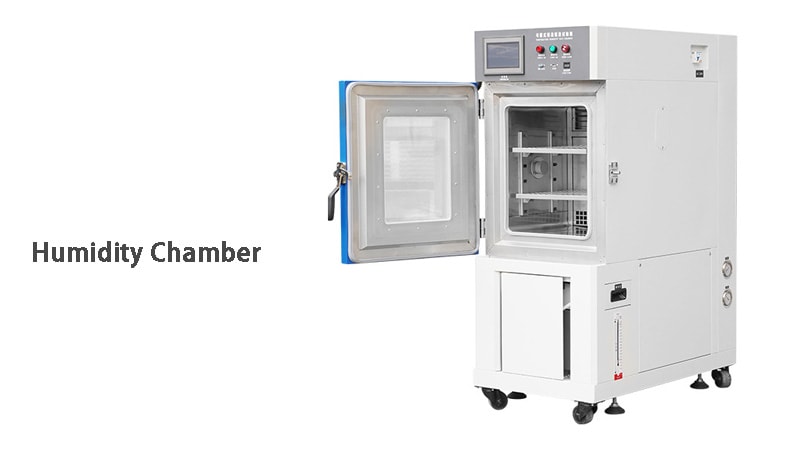“Hey, what is a humidity chamber?” – a question you might’ve pondered upon when navigating through the complex world of testing and quality assurance. Maybe you’ve heard the term in passing, or you’re just curious about the mechanisms behind the scenes that ensure product reliability. Well, you’re in the right place! We’re about to embark on an exploration of the intriguing world of humidity chambers.
In the simplest terms, a humidity chamber is a sophisticated piece of equipment used to test the effects of specific humidity conditions on products or materials. It accurately simulates a full range of humidity conditions, allowing researchers and manufacturers to see how products would react under such environments.
But why does this matter to you? Understanding the functionality of humidity chambers will open up a new perspective on how the products we use daily are tested and approved. The journey is as intriguing as the destination, so buckle up and let’s dive in!

What are the Components of a Humidity Chamber?
Dissecting the anatomy of a humidity chamber, we find a host of meticulously designed components. Key among them are humidifiers, dehumidifiers, sensors, and controllers.
Humidifiers and dehumidifiers work together to create the desired humidity conditions. A humidifier introduces water vapor into the chamber to increase humidity, while a dehumidifier reduces the moisture level when required.
Sensors continuously monitor the humidity level inside the chamber. They feed this data back to the controller, which serves as the brain of the operation. If the actual conditions deviate from the set parameters, the controller activates the humidifier or dehumidifier to restore the desired humidity level.
What Types of Humidity Chambers Exist?
Humidity chambers come in various sizes and specifications, designed to accommodate diverse testing needs. Benchtop humidity chambers are compact and ideal for smaller products or limited laboratory spaces. Walk-in humidity chambers offer a much larger testing environment, suitable for testing bigger products or conducting multiple tests concurrently.
Some humidity chambers come with added features like temperature control. These are known as climatic or environmental chambers and can simulate a wide range of temperature and humidity conditions.
What Kinds of Products Are Tested in Humidity Chambers?
Humidity chambers play a vital role in various industries. From electronics to pharmaceuticals, cosmetics to automotive components, a multitude of products are tested in these chambers.
In the electronics industry, devices are tested to ensure they won’t malfunction in humid conditions. For pharmaceutical companies, these chambers provide valuable insights into how humidity can affect the stability of drugs. In the automotive industry, vehicle parts are tested to ascertain their durability under different humidity conditions.
How is a Test Conducted in a Humidity Chamber?
The process of conducting a test in a humidity chamber is systematic and thorough. The product or material to be tested is placed in the chamber, and the desired humidity conditions are set via the control panel.
During the test, the product is exposed to the specified humidity conditions. The reactions of the product are observed, recorded, and analyzed. The duration of these tests varies depending on the nature of the product and the testing objectives, ranging from a few hours to several weeks or even months.
What Standards Govern the Use of Humidity Chambers?
The operation of humidity chambers is governed by various industry standards that ensure consistent and reliable test results. These standards define guidelines on the range of humidity that a chamber should be able to simulate, the accuracy of its control system, and its overall performance.
Standards such as IEC 60068-3-4 and ASTM E645 are widely recognized and followed. Compliance with these standards is critical to ensuring the validity and reliability of the tests conducted using humidity chambers.
Conclusion
In conclusion, a humidity chamber is a remarkable device that simulates various humidity conditions to test and verify product performance. The complex systems and components work in perfect harmony to ensure that the products we use daily can withstand diverse environmental conditions. So the next time you use a product that works seamlessly regardless of the humidity, remember the unsung hero—the humidity chamber—that contributed to its reliability. After all, there’s a fascinating story behind every device we use and every product we consume. Stay curious and keep learning!
You might also be interested:




